What are central banks planning to do – stay loose or raise interest rates?
Central banks are split on the future of monetary policy and the global recovery. Saloni Sardana looks at the stance of six of the world’s biggest central banks.
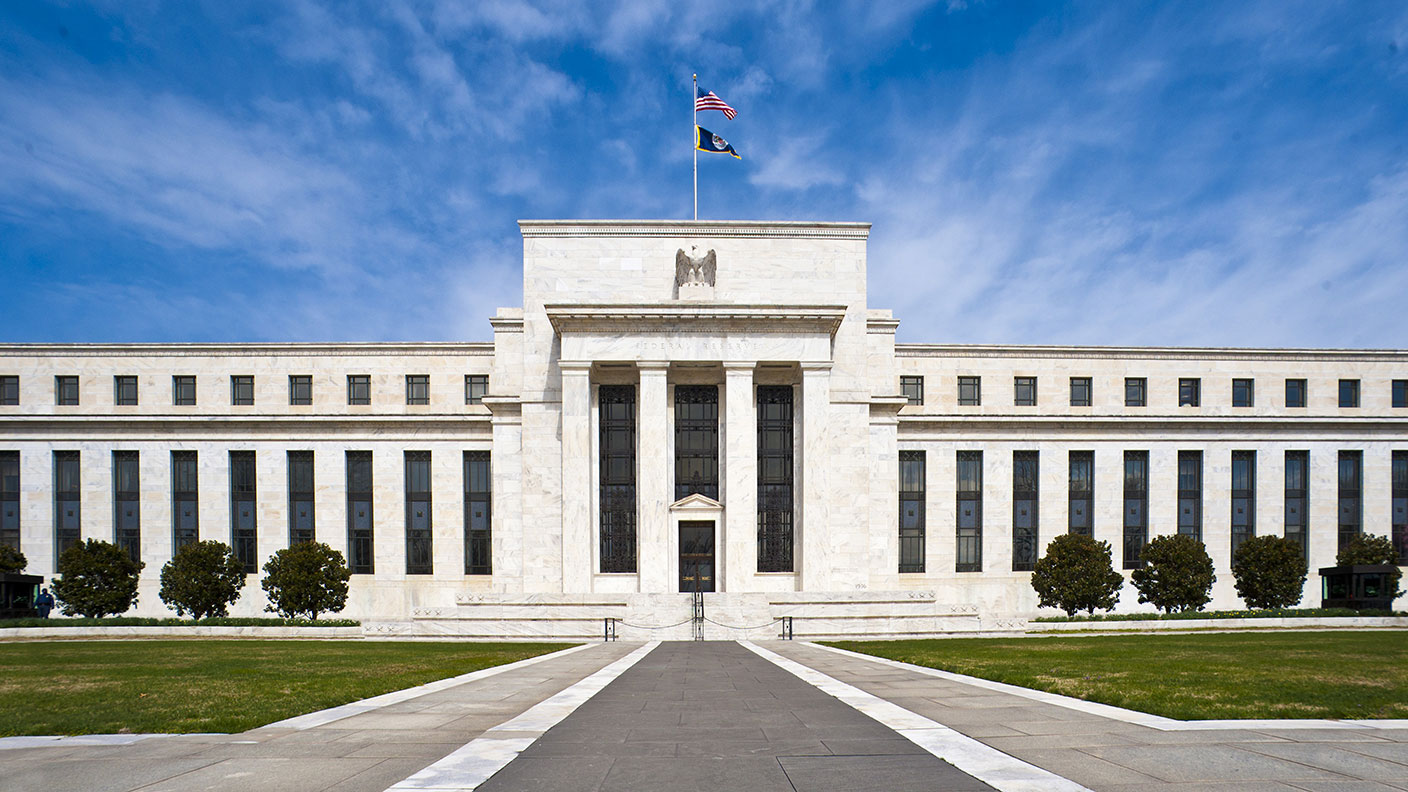

Most market watchers were waiting for the day Covid-19 restrictions would come to an end so they could look for cues as to when central banks would roll back some of the unprecedented support that was given to economies to help them survive the pandemic.
But here we are –15 months later the world is grappling with the spread of Delta, the highly contagious Covid variant which is putting the global economic recovery in doubt.
The UK’s much awaited “Freedom Day” coincided with a global market crash as traders in Asia and on both sides of the Atlantic became increasingly concerned about Delta.
MoneyWeek
Subscribe to MoneyWeek today and get your first six magazine issues absolutely FREE

Sign up to Money Morning
Don't miss the latest investment and personal finances news, market analysis, plus money-saving tips with our free twice-daily newsletter
Don't miss the latest investment and personal finances news, market analysis, plus money-saving tips with our free twice-daily newsletter
The uncertainty is also apparent in policymakers’ monetary policy, with some of the world’s biggest central banks calling for an earlier tightening because of fears of higher inflation, while others say looser policies must remain in case Delta, among other things, impedes the economic recovery.
Some officials at the US Federal Reserve – the world’s most significant central bank – are calling for an earlier increase in interest rates and tapering of asset purchases, despite the Fed claiming that higher inflation is transitory.
While the “transitory” line was becoming harder to sustain after the US consumer price index shot up by 5.4% in June, and UK inflation jumped to its highest in three years with CPI hitting 2.5% in May, dipping markets and falling bond yields imply that investors are actually getting less worried about inflation.
So how do central bankers plan to try to square this circle?
What the world’s top central banks are saying about monetary policy
The US Federal Reserve
Federal Reserve chair Jay Powell has kept arguing that any rise in inflation is “transitory”, although he did admit in his testimony to Congress last week that inflation is running higher than he had anticipated, and that this may force the Fed to “adjust” its monetary policy if inflation continues to creep higher.
After spending months insisting that it will not raise interest rates above 0.25% until the end of 2023 at the earliest, the Fed changed course and surprised markets last month when it raised its inflation forecast and conceded that we may see some interest rate rises well before the end of 2023.
US president Joe Biden said on Monday that US inflation will be short-lived, but rising long-term inflation would pose a “real challenge” to the economy.
Powell’s term as chairman expires in February and markets are betting that Biden will appoint a successor, so the future of US monetary policy may also depend on who will lead the Fed in coming months.
Richmond Fed chief Thomas Barkin told the Wall Street Journal earlier this month that it is too early for the Fed to consider tapering asset purchases, saying the employment-to-population ratio must climb to 59% from 58% before the bank can even begin considering tapering.
The ratio was 61.1% before the pandemic in February 2020. So it is likely that the Fed may wait a few months at least before starting to taper.
Just like the Federal Reserve, many officials at the Bank of England (BoE) argue that higher prices are transitory.
Andrew Bailey, the Bank’s governor, says a bigger threat is that exaggerated fears over rising prices can impede the economic recovery. The Bank will go through all evidence and assess the extent to which inflation will last, he says.
Not everyone at BoE shares Bailey’s view. Most notably, the Bank’s former chief economist, Andrew Haldane (listen to him on our recent podcast here), warned that the country faces a “dangerous moment” as inflation is likely to hit as high as 4% by the end of the year.
The Bank of England committed in November 2020 to buy the equivalent of additional £150bn worth of government bonds over the next year.
Interest-rate setter Michael Saunders expects the BoE to stop government bond purchases earlier if there is a sharp uptick in inflation, in line with recent comments made by the bank’s deputy governor, Dave Ramsden, who thinks it is likely the bank will reverse the huge monetary stimulus sooner.
The Bank of England is due to announce its next monetary policy decision on 5 August and is expected to issue fresh forecasts for the UK economy.
What are other central banks doing?
The central banks of most other major economies are following a similar trajectory to that of the UK and the US.
The Bank of Canada kept interest rates stable at 0.25% and cut its weekly net purchases of Canadian government bonds to a target of two billion Canadian dollars.
While the central bank’s governor Tiff Macklem expects inflation to remain above 3%, the Bank of Canada expects it to fall back to 2% by 2022. Like the US, Macklem believes inflation will be transitory.
The Reserve Bank of Australia said it would extend the length of its bond buying programme to mid-November this year although the central bank cut its bond buying programme to A$4bn a week, down from A$5bn. It also kept its interest rate steady at 0.1% and is not anticipating any interest rate rise until 2024.
But not all central banks are nervous about a stronger than expected recovery. The European Central Bank (ECB) changed its target earlier this month to allow inflation to overshoot. This marked the central bank’s first review since 2003. Prior to this, the ECB’s current target was to achieve inflation of “below, but close to, 2%”.
But now the official inflation goal is going to be 2%, with overshoots allowed to take place. In other words, it explicitly allows for an even softer policy stance, says Holger Schmieding, chief European economist at Berenberg.
It also reduces the likelihood of central banks raising interest rates. The Fed also changed its inflation targeting approach at the Jackson Hole Symposium last year.
One important central bank further loosened policy earlier this month. The People’s Bank of China made it easier for banks to lend more money by cutting the amount they need to hold in reserve. In technical terms, the Chinese central bank cut the reserve requirement ratio (RRR) for banks by 0.5 of a percentage point, effective from 15 July. That paves the way for banks to release another $150bn into the economy.
While inflationistas are sounding the alarm about rising prices in the US, a very different situation is happening in Japan. Japan’s economy is facing deflationary pressure and prices fell 0.1% in May compared to the previous year. The country, which has a history of battling deflation for more than two decades, has never hit its long-time goal of achieving 2% inflation.
The Bank of Japan kept its yield-curve control target at -0.1% for short-term interest rates, and ten-year Japanese government bond yields at 0%.
So now that we have caught a glimpse into the monetary policies of some of the world’s most powerful economies, what does this mean for investors?
What all this means
Markets spent the first few months of last year fretting about the pandemic, hitting rock bottom last March. Then, when chatter about Covid vaccines surfaced, markets recovered at the end of 2020. As countries including the UK, Israel and the US embarked on robust vaccination programmes, markets soared again and hit record after record in the first few months of 2021.
The overall future direction of central banks’ monetary policies depends on whether countries can bring the virus under control – whether hospitalisations and deaths stay constant or fall.
However, even if that happens, it is likely that most central banks will be extremely wary of rolling back the cheap money and vast stimulus measures that have been in place for much of the year. That in turn increases the odds that they’ll act too little, and too late.
Get the latest financial news, insights and expert analysis from our award-winning MoneyWeek team, to help you understand what really matters when it comes to your finances.
Saloni is a web writer for MoneyWeek focusing on personal finance and global financial markets. Her work has appeared in FTAdviser (part of the Financial Times), Business Insider and City A.M, among other publications. She holds a masters in international journalism from City, University of London.
Follow her on Twitter at @sardana_saloni
-
 Rightmove: Asking prices set to rise 2% in 2026 after post-Budget market rebound
Rightmove: Asking prices set to rise 2% in 2026 after post-Budget market reboundBuyers and sellers who held off in anticipation of the Budget will come back to the market and contribute to asking prices increasing next year, according to Rightmove
-
 Coreweave is on borrowed time
Coreweave is on borrowed timeAI infrastructure firm Coreweave is heading for trouble and is absurdly pricey, says Matthew Partridge
-
 'Governments are launching an assault on the independence of central banks'
'Governments are launching an assault on the independence of central banks'Opinion Say goodbye to the era of central bank orthodoxy and hello to the new era of central bank dependency, says Jeremy McKeown
-
 What's behind the big shift in Japanese government bonds?
What's behind the big shift in Japanese government bonds?Rising long-term Japanese government bond yields point to growing nervousness about the future – and not just inflation
-
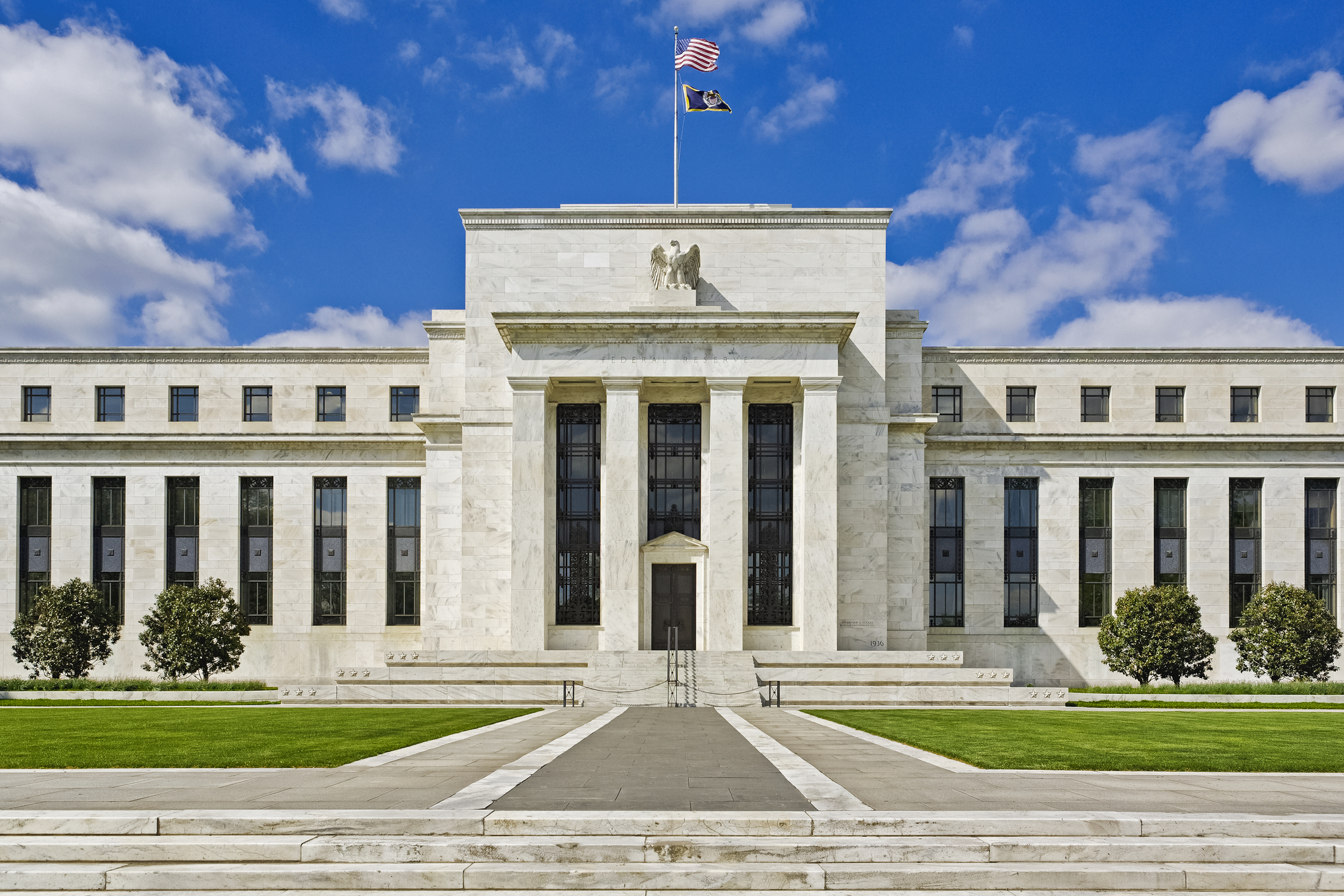 Do we need central banks, or is it time to privatise money?
Do we need central banks, or is it time to privatise money?Analysis Free banking is one alternative to central banks, but would switching to a radical new system be worth the risk?
-
 Will turmoil in the Middle East trigger inflation?
Will turmoil in the Middle East trigger inflation?The risk of an escalating Middle East crisis continues to rise. Markets appear to be dismissing the prospect. Here's how investors can protect themselves.
-
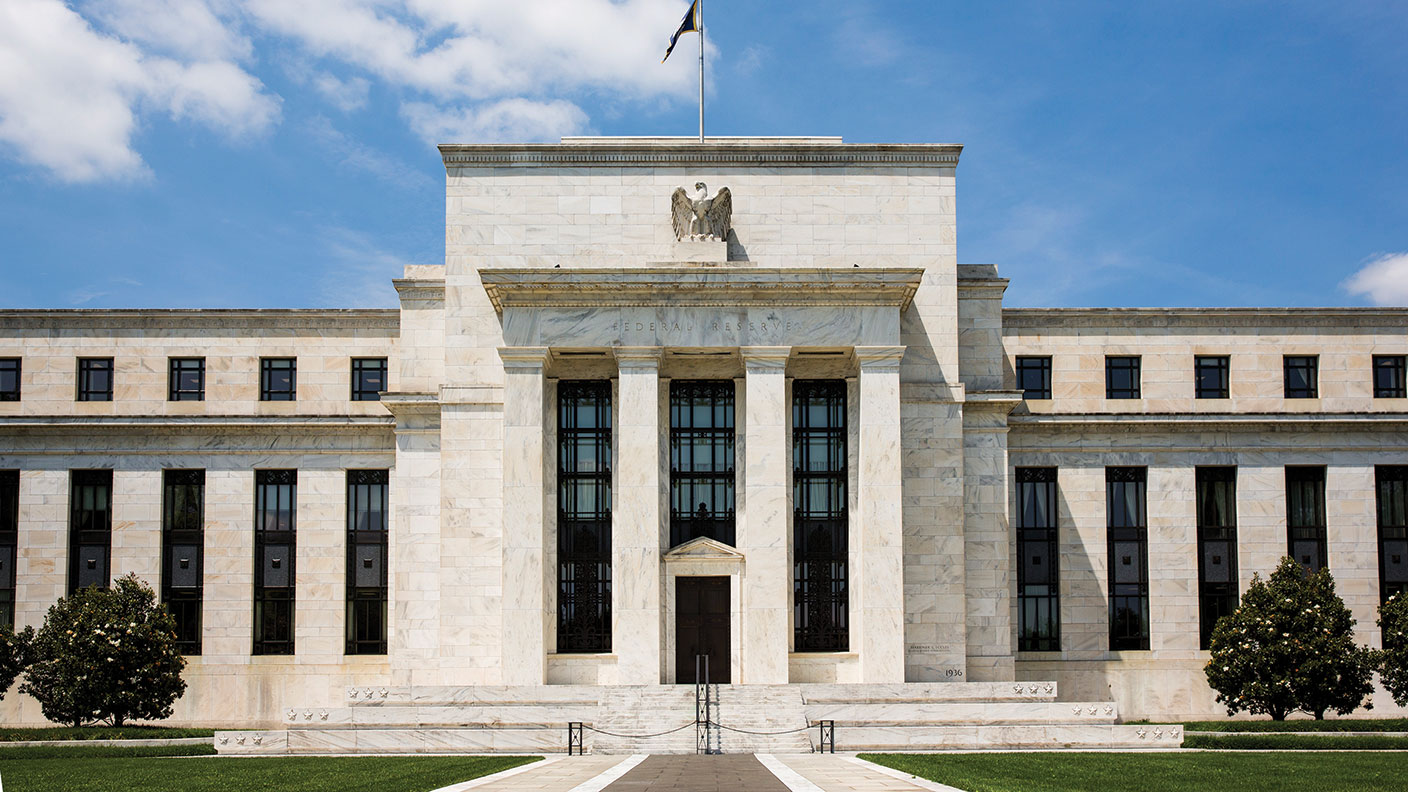 Federal Reserve cuts US interest rates for the first time in more than four years
Federal Reserve cuts US interest rates for the first time in more than four yearsPolicymakers at the US central bank also suggested rates would be cut further before the year is out
-
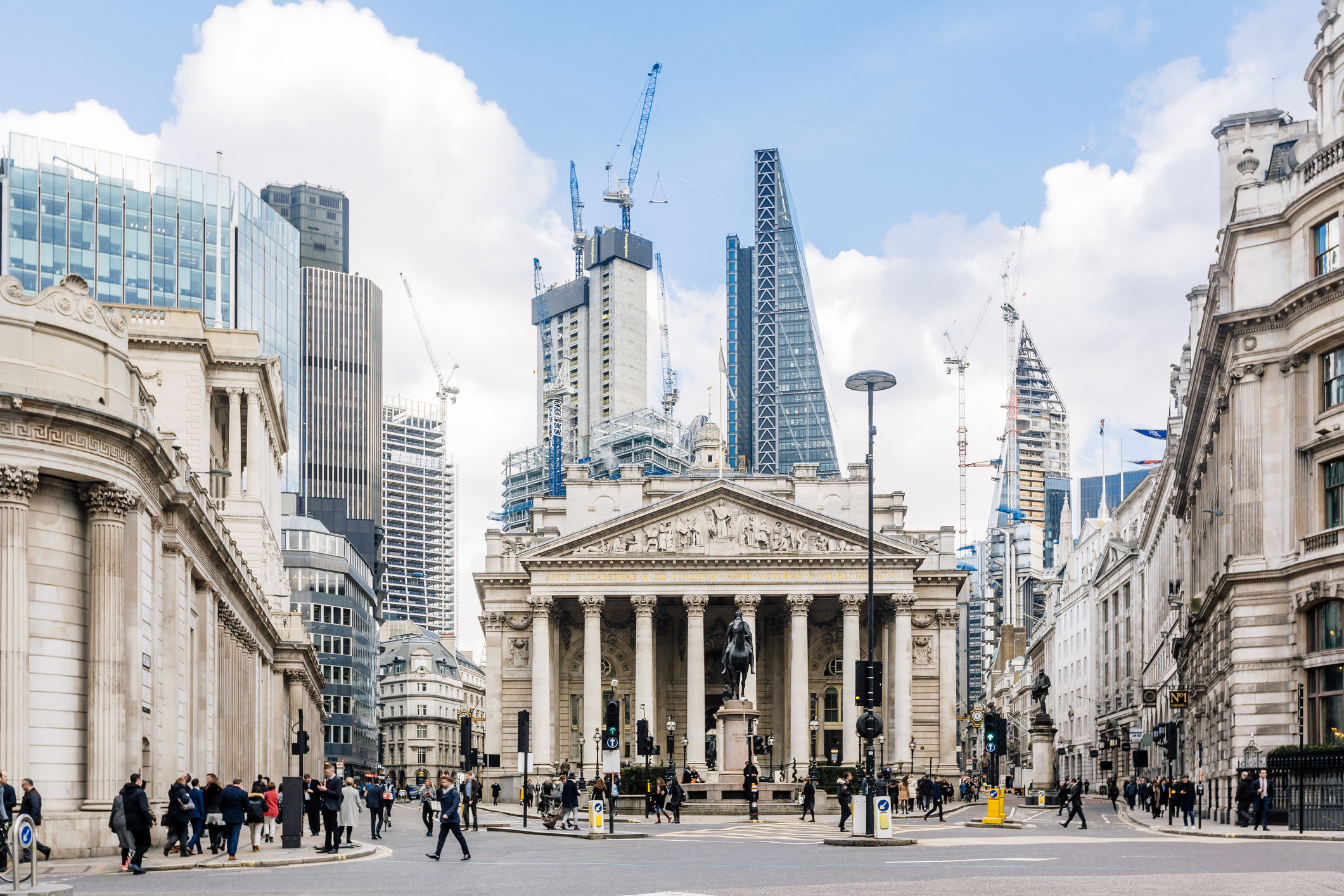 The Bank of England can’t afford to hike interest rates again
The Bank of England can’t afford to hike interest rates againWith inflation falling, the cost of borrowing rising and the economy heading into an election year, the Bank of England can’t afford to increase interest rates again.
-
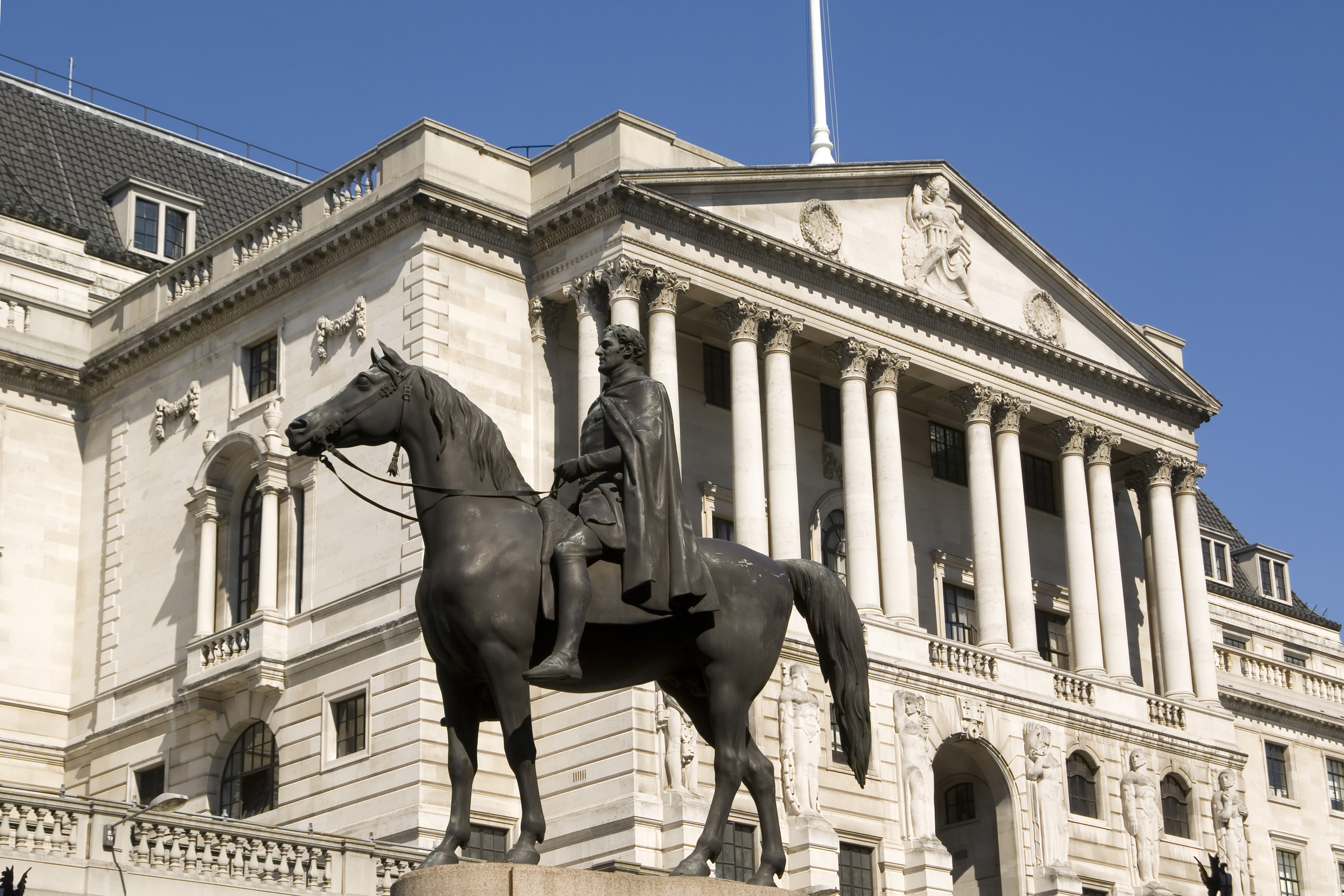 Interest rates held at 5.25% again
Interest rates held at 5.25% againThe Bank of England has kept rates at 5.25% again, in a widely anticipated move. We look at what it means for your money - and what the Bank’s next move could be
-
 US inflation rises to 3.7% as energy prices surge - will the Fed hike rates?
US inflation rises to 3.7% as energy prices surge - will the Fed hike rates?US consumer price index rose in August but markets do not expect a rate hike this month
